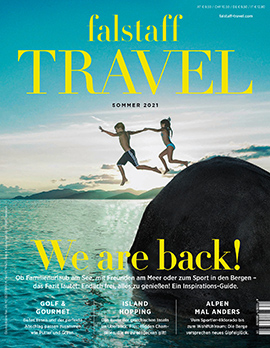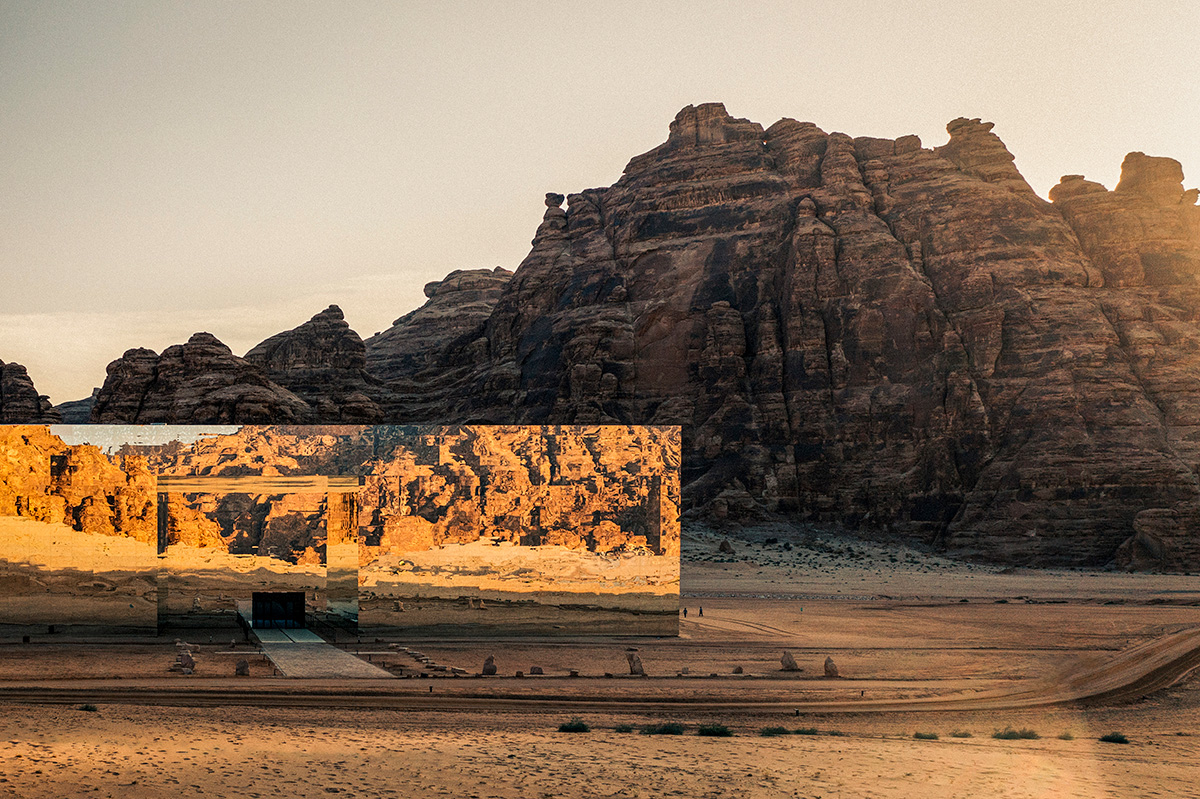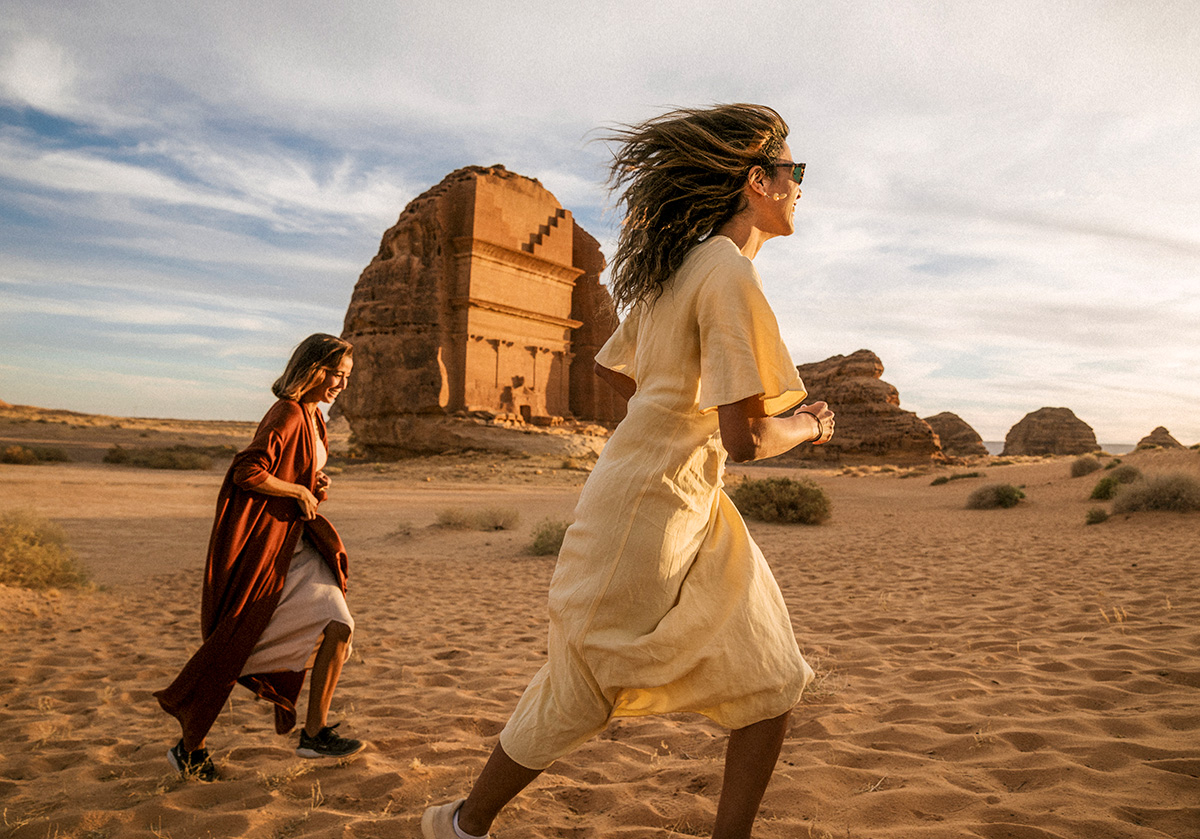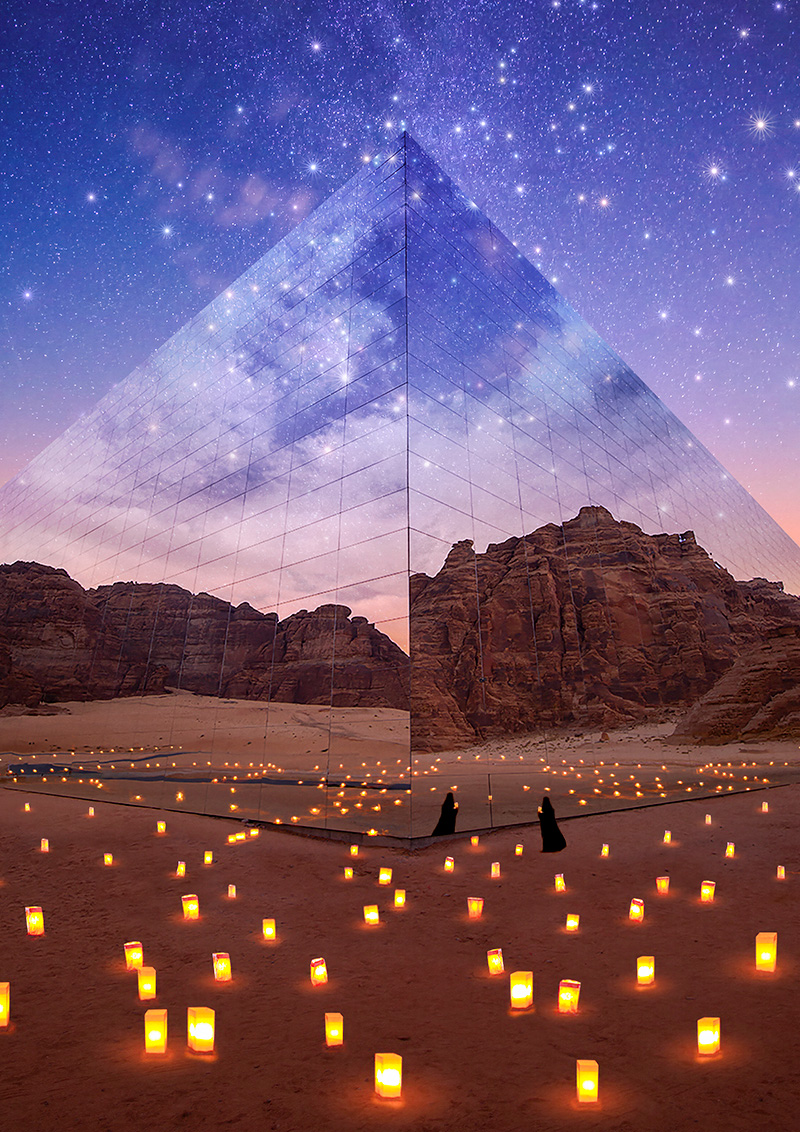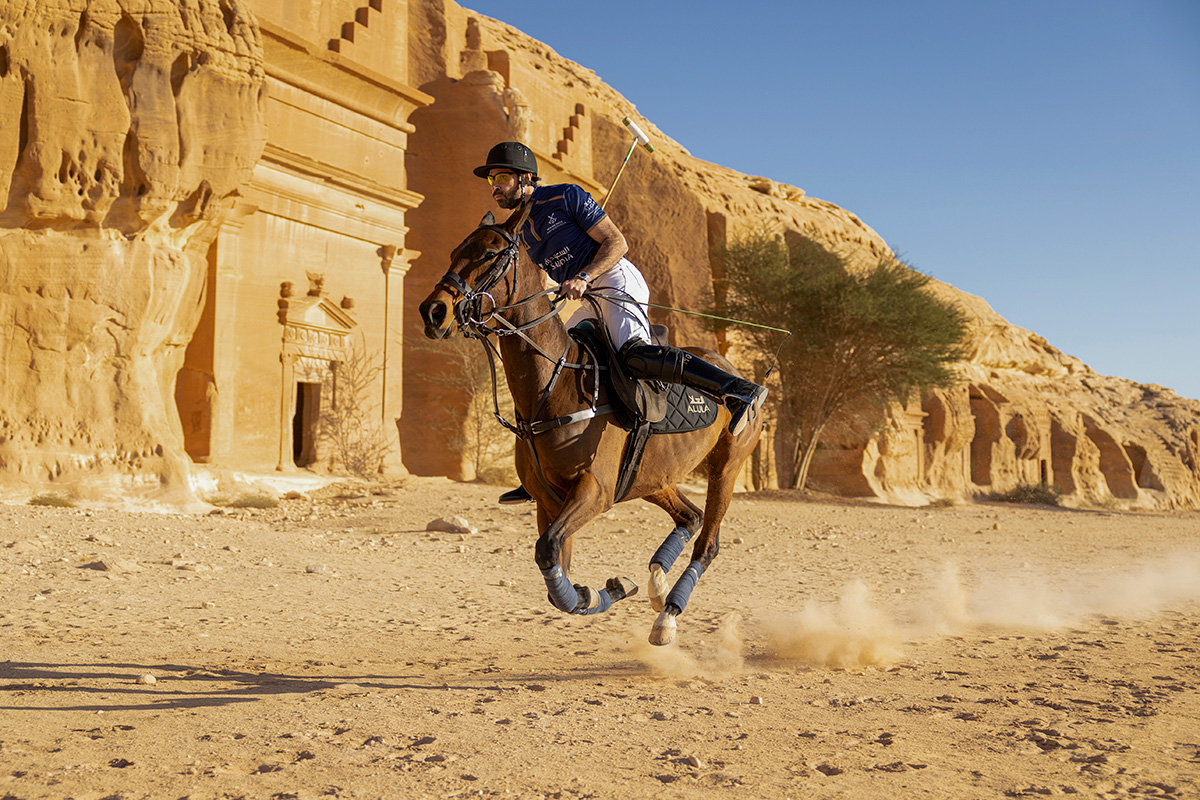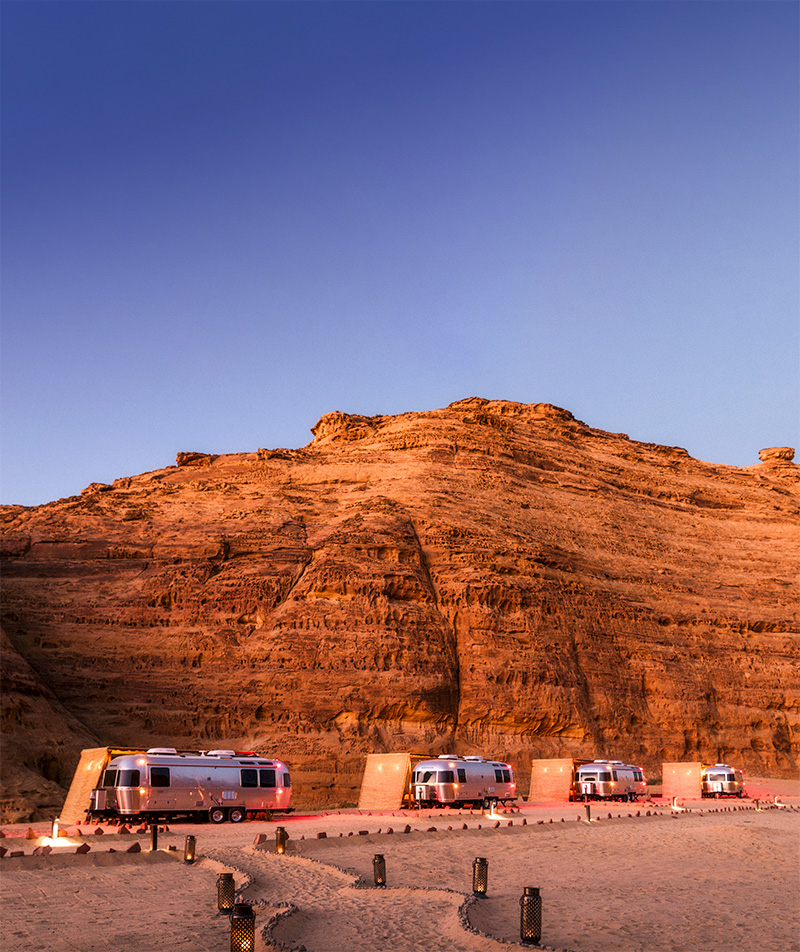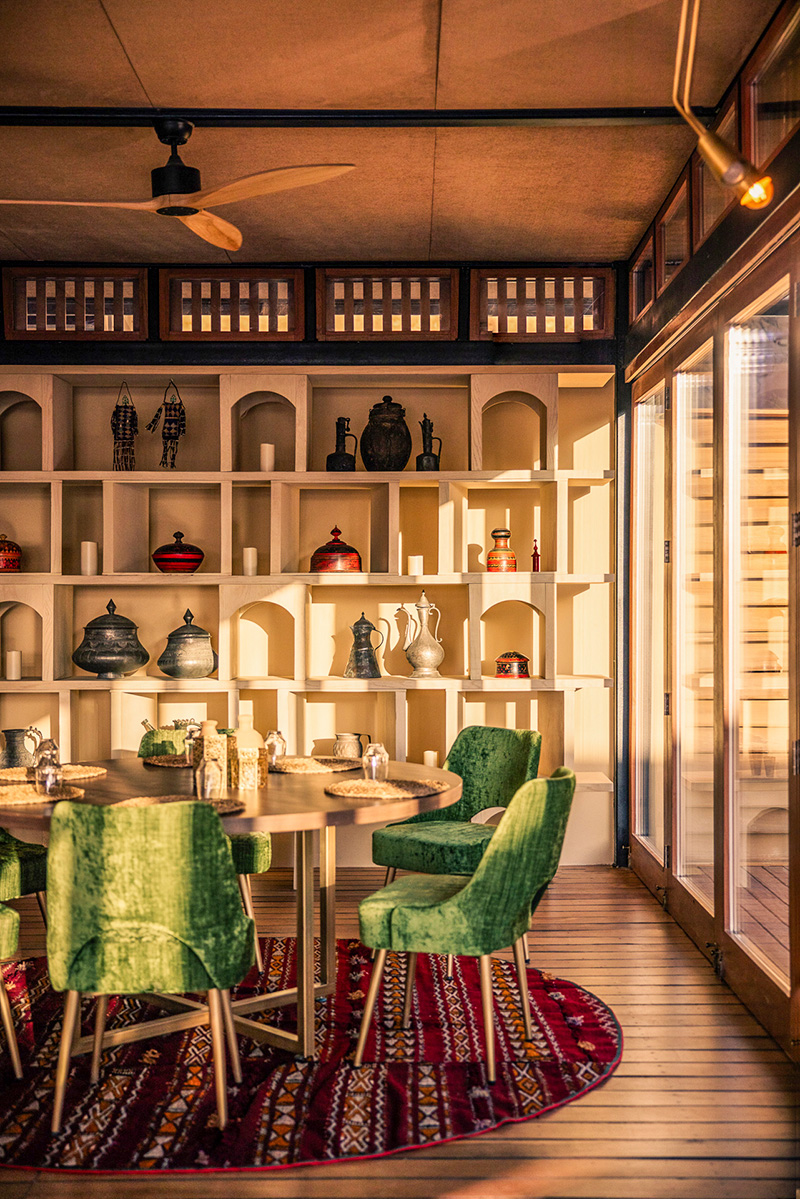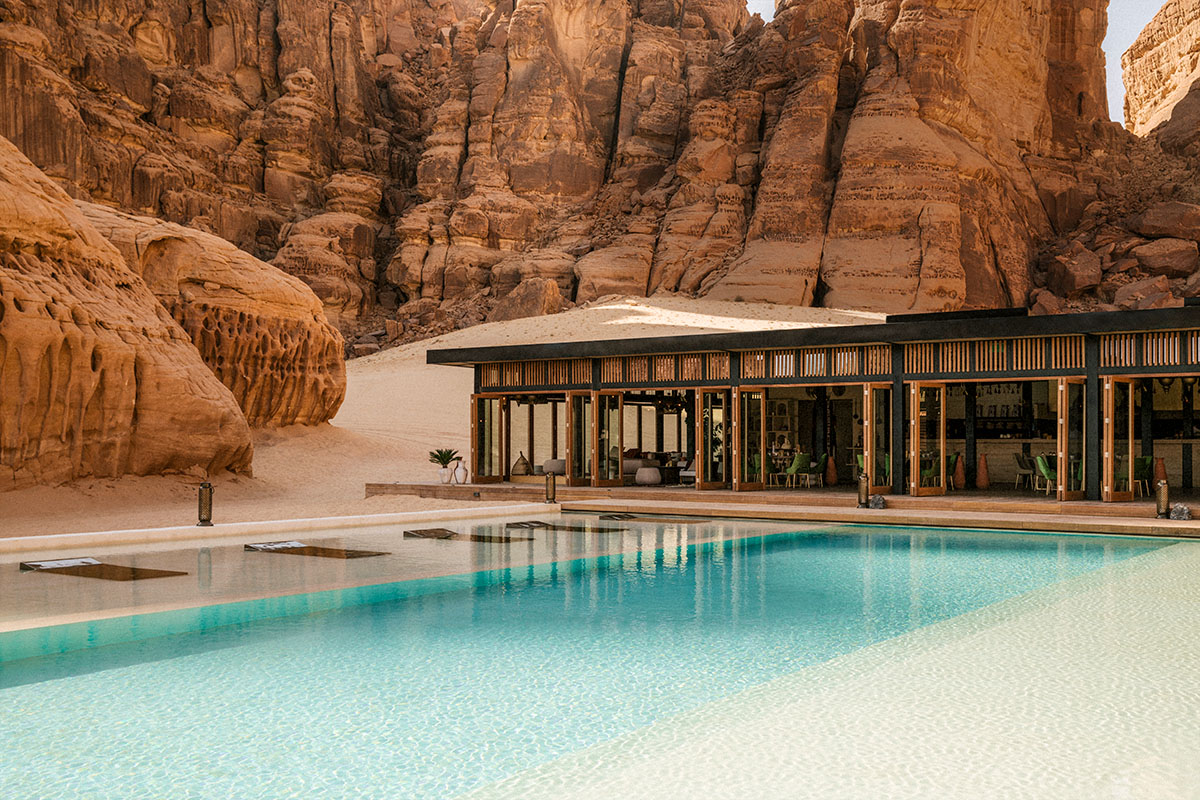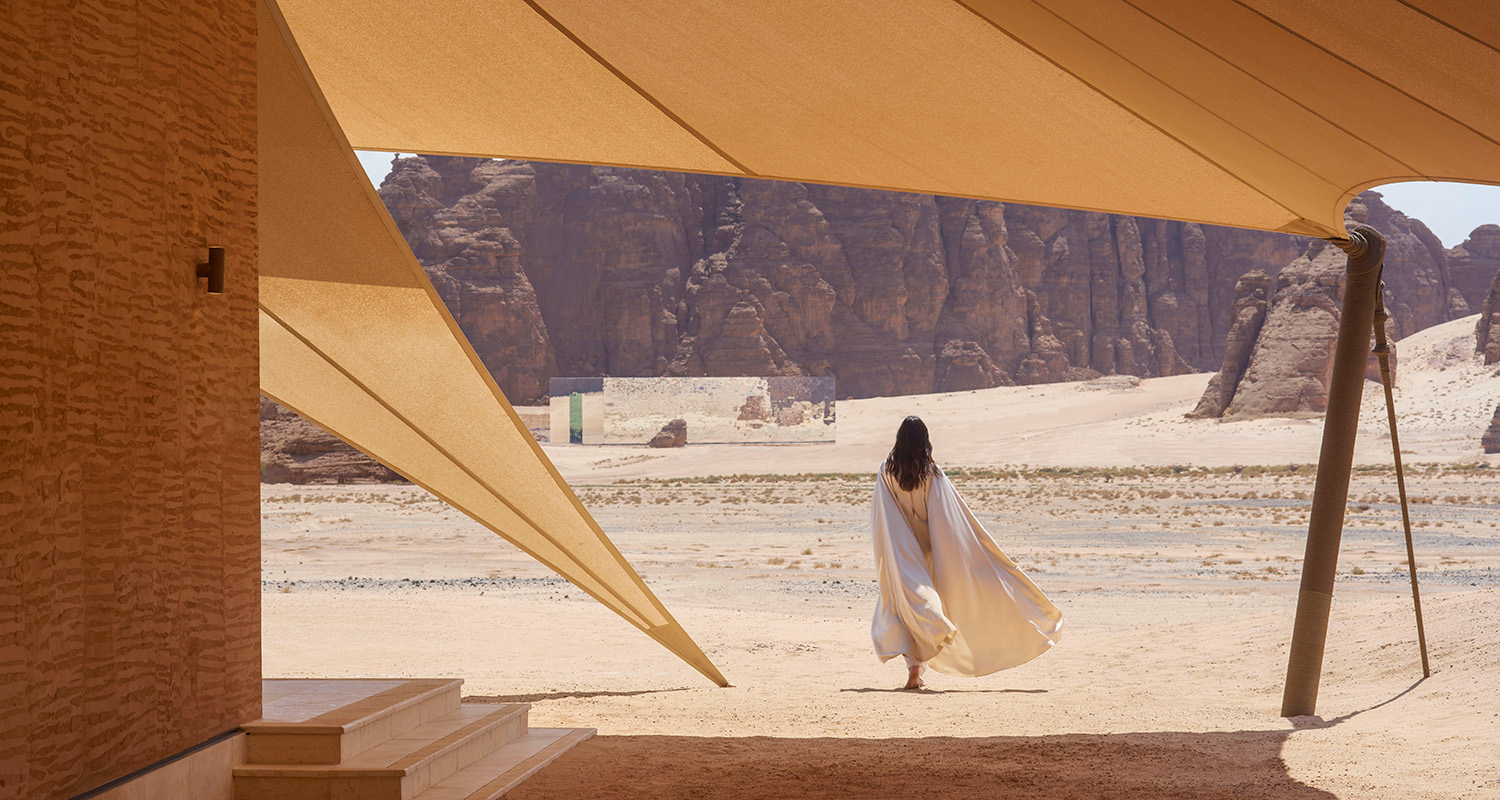
The Magic of Al-Ula
The Incense Trade Route, one of the oldest trade routes in the world, once ran through the Saudi Arabian oasis. Even today, fascinating rock tombs bear witness to its rich history. These have recently been joined by architectural masterpieces, exclusive resorts and a top-class entertainment program. And best of all: Al-Ula is still an insider tip.
December 8, 2023
© Tanveer Badal Photography / TANVEERBADAL.COM
You can't help but be amazed: A gigantic boulder towers like a mirage in the middle of the desert. Only at a second glance you can see that the sandstone has been worked - the surreal structure has an entrance. It's called Qasr al-Farid (the lonely castle). It was intended to be the final resting place of a wealthy Nabataean - the Bedouin people who also created the famous rock tombs in Jordan. But while crowds of tourists push their way through the sights in Petra, you are largely alone in the excavation site of Hegra, Saudi Arabia's first UNESCO World Heritage Site. It feels most magical when the sun goes down and the rocks glow fiery red.
© provided
130 tombs have been found so far, with no end in sight; for archaeologists, Al-Ula is a treasure trove. As a tourist, you don't know what to be more amazed about: the incredibly well-preserved excavations (it almost seems as if the legendary Incense Trade Route, one of the oldest trade routes in the world, is still in use) - or the many female guides who confidently talk about their business plans. You wouldn't expect this in Saudi Arabia, a country that has long been cut off from the rest of the world. Tourist visas for non-Muslims have only been available in the kingdom since the end of 2019. Crown Prince Mohammed bin Salman wants to reinvent the country with his major multi-billion euro Vision 2030 project and wants to provide alternative sources of income beyond the oil business.
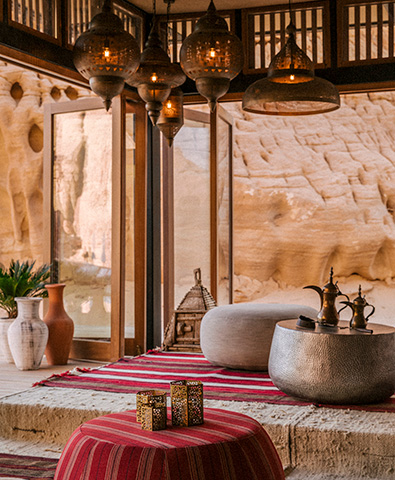
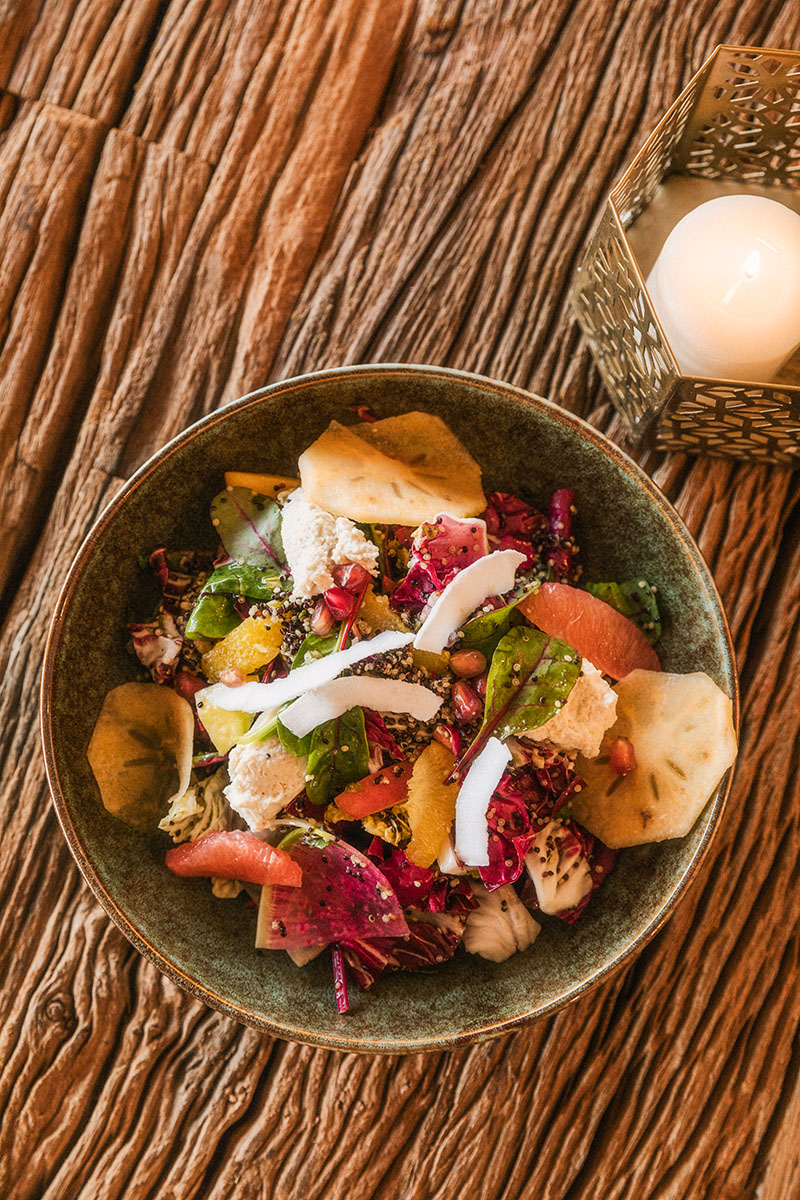
New freedom
© Robert Jahns Nois
Women are granted many rights: They no longer have to wear a hijab and can set up companies. It's particularly noticeable among young Saudis how much they welcome this spirit of optimism - and take advantage of the generous scholarships that are awarded abroad. Al-Ula is also a discovery for locals: time and again, visitors from the capital Riyadh are surprised by the rich culture of their own country, which began long before the Koranic era. Just a few years ago, people in Al-Ula hunted rabbits around the impressive rock formations such as Elephant Rock - today there's a stylish café.
© provided
Saudi Arabia is currently reinventing itself, and the pace of change is breathtaking. Nevertheless, some laws are lagging somewhat behind: Public criticism of the royal family is still life-threatening in Saudi Arabia. However, the locals are relaxed and polite towards tourists - they are proud that so many others are interested in their own history, which has only just been explored. Visas can be easily booked online, but you should reserve slots for the excavation sites in advance. There's little traffic and even getting around by car is not a major challenge. There are no advertisements in Saudi Arabia, which is another reason why the picturesque desert landscape with its rock formations comes into its own.
© provided
The kingdom has learned from the mistakes of its neighboring countries - instead of focusing on mass tourism, it wants to become a destination for individualists who are interested in culture and history. The hotels are expensive, but offer a level of luxury that is hard to find elsewhere. They blend in perfectly with the landscape and have pools that seem unreal when the rocks and desert are reflected in them. When it comes to contemporary architecture, the focus is on the extraordinary: One of the landmarks is the Maraya Concert Hall, the world's largest mirrored building; it's also regularly used for exhibitions. In the nature reserve Al-Gharameel, the stars shine particularly brightly because there's hardly any light pollution. Even the drive at dusk is an adventure; the rocks look like sculptures. The longer you look at them, the more they come to life: Isn't that a woman turning around? Or a bird's head there? Maybe a dragon?
Chic restaurants
© Tanveer Badal Photography / TANVEERBADAL.COM
The list of possible activities in Al-Ula is long: a balloon ride over the excavation sites at dawn, a walk through an oasis; the excavations in Daran, the long-lost capital of the ancient empire of Lihyan, which was already mentioned in the Old Testament. Or the open-air library Jabal Ikmah, whose rock paintings depict historical everyday life - there are over 300 pictures and inscriptions to discover, and the site was recently declared a UNESCO World Heritage Site. The calendar of events is full to bursting: Whether it's a wellness, music or Ancient Kingdoms festival, polo tournament or running event, there's always something to do.
© provided
Another unique feature of Al-Ula is how an innovative future meets a rich past. In one of the chic new bars (such as Somewhere), you feel like you're in Los Angeles, with tourists and locals alike enjoying the hipness factor of this place. A few meters away, you can immerse yourself in the labyrinth of Old Town Al-Ula, whose historic mud architecture is currently being renovated. Half-ruined houses stand next to stores; it's easy to imagine how people lived here thousands of years ago.
For the last evening, head to Okto, a trendy restaurant located on a vantage point with a panoramic view. As soon as it gets dark, there is live music. Sometimes DJ Hannah travels from Riyadh - and gets the crowd dancing. Her opening song? The gay liberation anthem I will survive by Gloria Gaynor. Saudi Arabia is always good for a surprise.
Read more: These are the Best Addresses in Al-Ula
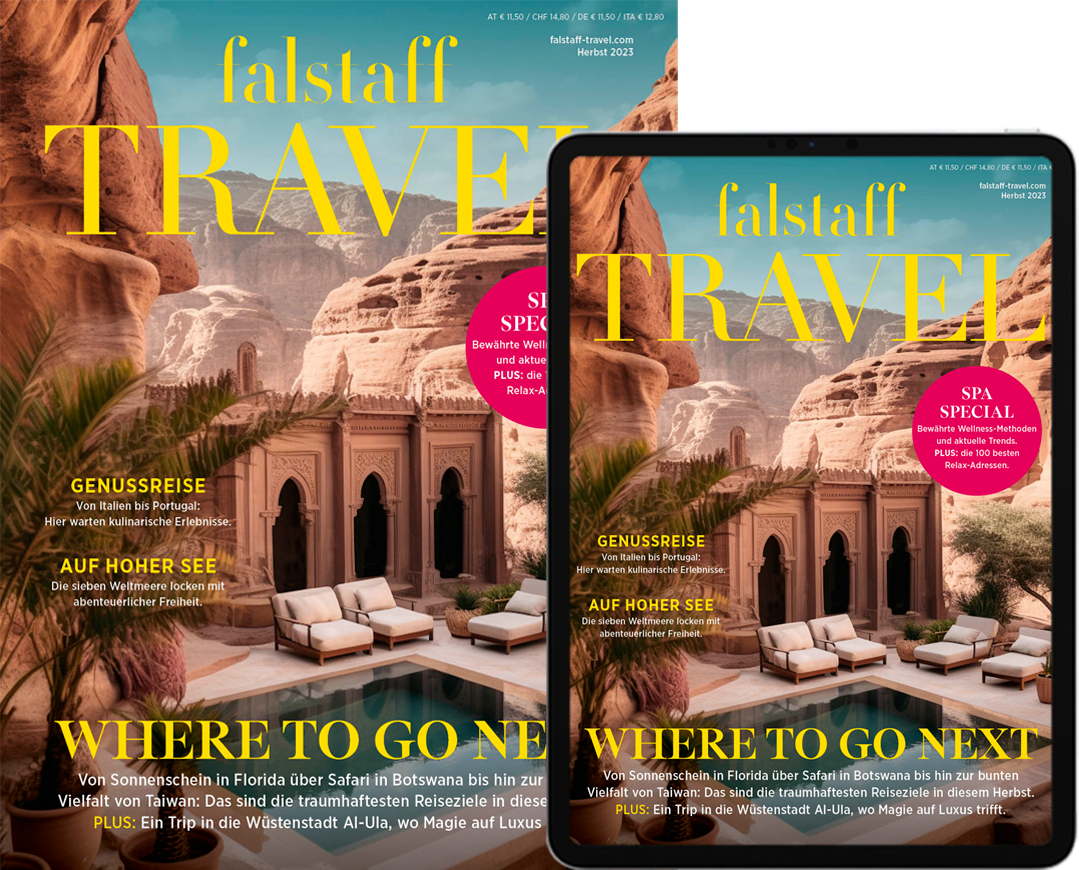
This article appeared in the Falstaff TRAVEL issue Fall 2023.
